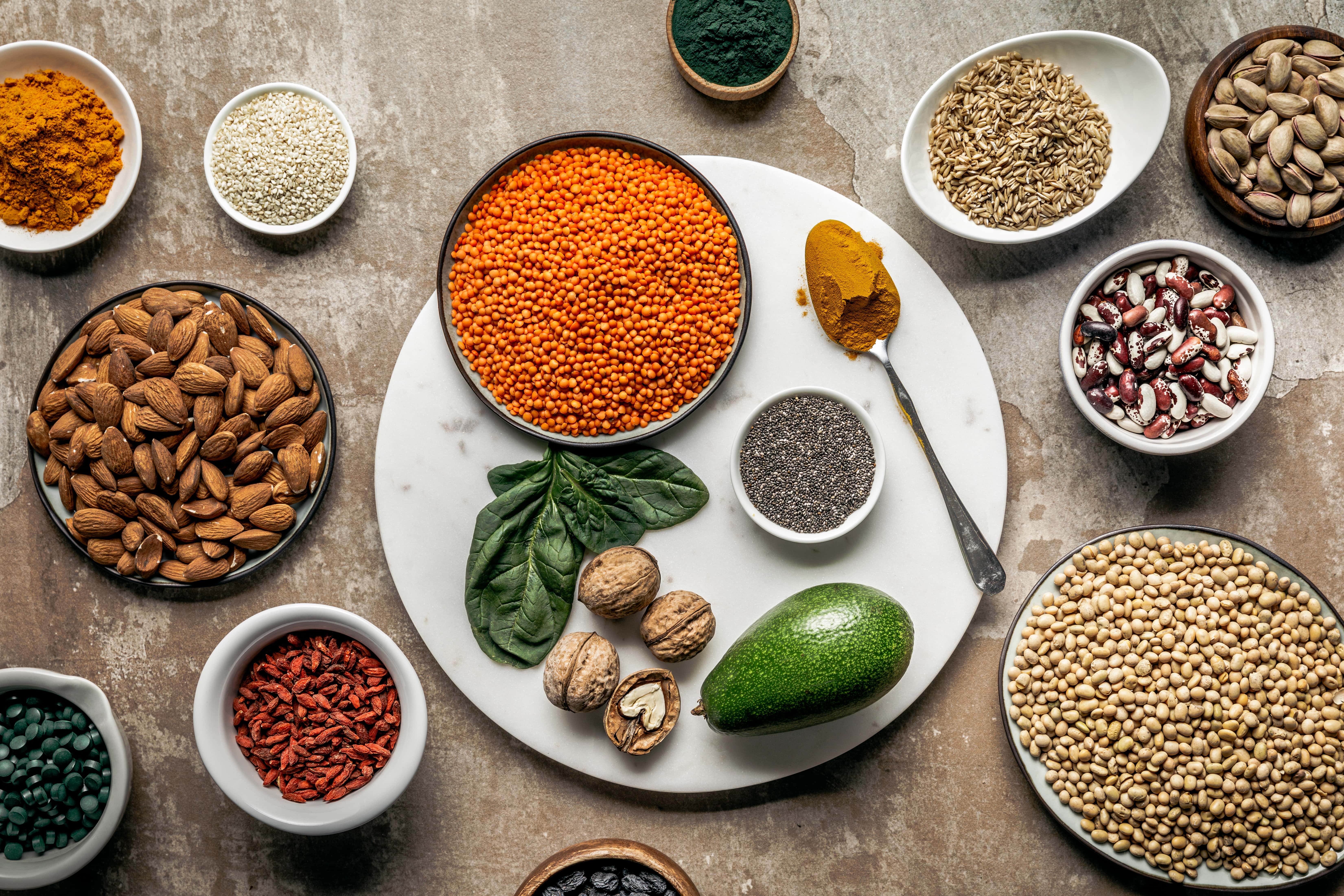Last Updated on April 11, 2025 by Admin
Understanding what is food sensitivity and recognizing its symptoms is essential for managing discomfort and maintaining a healthy diet. Food sensitivity, often called food intolerance, involves difficulty digesting certain foods and experiencing uncomfortable symptoms. Unlike food allergies, which involve the immune system, food sensitivities affect the digestive system and are generally not life-threatening. This article explores the types of food sensitivity and their symptoms. It offers insight into the difference between food sensitivity and allergy.
What is Food Sensitivity?
What is food sensitivity? It refers to the adverse reactions some individuals experience after consuming specific foods. These reactions are digestive issues rather than immune responses, which characterise food allergies. Food sensitivities occur when the body lacks certain enzymes or chemicals needed to fully digest food, leading to symptoms that can significantly affect one’s quality of life.
Symptoms of Food Sensitivity
The symptoms of food sensitivity can vary widely but commonly include:
- Digestive disturbances such as gas, bloating, diarrhoea, and constipation
- Abdominal pain
- Nausea
- Headaches or migraines
- Fatigue
- Skin rashes or eczema
- Joint pain
These symptoms can arise hours or even days after consuming the offending food, making it challenging to identify the specific cause without careful dietary tracking.
Types of Food Sensitivity
Understanding the types of food sensitivity is crucial for recognizing and managing discomfort associated with dietary intake. Here, we look deeper into some of the most common sensitivities, highlighting their symptoms and dietary implications:
- Lactose Intolerance
Lactose intolerance is a widespread type of food sensitivity where the body lacks sufficient lactase enzymes to break down lactose, the sugar found in milk and other dairy products. Symptoms typically include bloating, diarrhoea, and abdominal cramps, which occur shortly after consuming dairy products. - Gluten Sensitivity
Gluten sensitivity causes adverse reactions to gluten, wheat, barley, and rye protein. It is distinct from celiac disease, which is an autoimmune condition. Those affected may experience symptoms like bloating, abdominal pain, and changes in bowel habits, which can significantly impact daily life. - Histamine Intolerance
This sensitivity arises from an inability to adequately break down histamine, a compound in aged cheeses, smoked meats, and certain alcoholic beverages. Common reactions include headaches, skin irritation, and digestive issues, highlighting the need for dietary adjustments. - Fructose Intolerance
Individuals with fructose intolerance have difficulty absorbing fructose, which is abundant in fruits, some vegetables, and sweeteners. The symptoms of food sensitivity in these cases include bloating, diarrhoea, and gas, which can be distressing and disruptive. - Caffeine Sensitivity
Those with caffeine sensitivity experience effects such as jitteriness, palpitations, and insomnia, even from small amounts of caffeine. This sensitivity can affect one’s ability to consume popular beverages like coffee and tea without adverse effects. - Salicylate Sensitivity
Salicylates, naturally found in many fruits, vegetables, and seasonings, can induce symptoms like headaches, skin rashes, and gastrointestinal issues in sensitive individuals, necessitating careful dietary choices to avoid such compounds. - FODMAP Sensitivity
FODMAPs are a group of carbohydrates that can cause severe digestive distress in sensitive individuals. Symptoms of food sensitivity due to FODMAPs include severe bloating, gas, alternating diarrhoea, and constipation, which are often managed by following a low-FODMAP diet. - Sulfite Sensitivity
Sulfites, commonly used as preservatives in various foods and drinks like dried fruits and wines, can trigger asthma attacks, allergic reactions, and gastrointestinal distress in those with this sensitivity.Each type of food sensitivity involves unique challenges and symptoms, emphasizing the importance of identifying and understanding one’s dietary triggers.
What Are Some Common Food Sensitivity
Common food sensitivity includes reactions to dairy products, gluten-containing foods, foods high in histamines, and those rich in fructose. Besides the common food sensitivities, others like aspartame, eggs, MSG, artificial colourings, yeast, and sugar alcohols can also trigger reactions. Each sensitivity requires specific dietary adjustments to manage symptoms effectively.
What is The Difference Between Food Sensitivity and Allergy
Understanding the difference between food sensitivity and allergy is crucial for proper management. Food allergies involve an immune response and can be life-threatening, leading to symptoms like swelling, hives, breathing difficulties, and anaphylaxis. In contrast, food sensitivities are generally less severe and mainly cause discomfort in the digestive system. They are often delayed and dose-dependent, meaning symptoms can vary in intensity based on the amount of the problematic food consumed.
How to Manage Food Sensitivities?
Managing food sensitivities generally involves:
- Identification: Keeping a food diary and possibly following an elimination diet to pinpoint triggers.
- Dietary Adjustments: Avoiding or reducing intake of trigger foods.
- Supplementation: Using digestive aids like lactase enzymes for lactose intolerance or digestive enzymes that can help break down difficult-to-digest components.
- Medical Advice: Consulting with healthcare professionals to ensure an accurate diagnosis and appropriate management.
Also Read: “Food Safety and Different Types of Food Contaminations”
Managing common food sensitivity effectively requires a thorough understanding of the types of food sensitivity and the symptoms of food sensitivity associated with each type. Individuals can significantly reduce discomfort and improve their quality of life by identifying and avoiding trigger foods. Additionally, understanding the difference between food sensitivity and allergy is crucial, particularly in professional settings such as restaurants and food services, where the proper training in handling and preparing food can prevent adverse reactions and ensure safety for consumers with food sensitivities.
Proper education and training on food sensitivity are essential for food handlers to accommodate individual dietary needs responsibly and safely. With the right approach, individuals and food service professionals can address food sensitivities effectively, ensuring that dietary restrictions do not compromise health or enjoyment of food.













